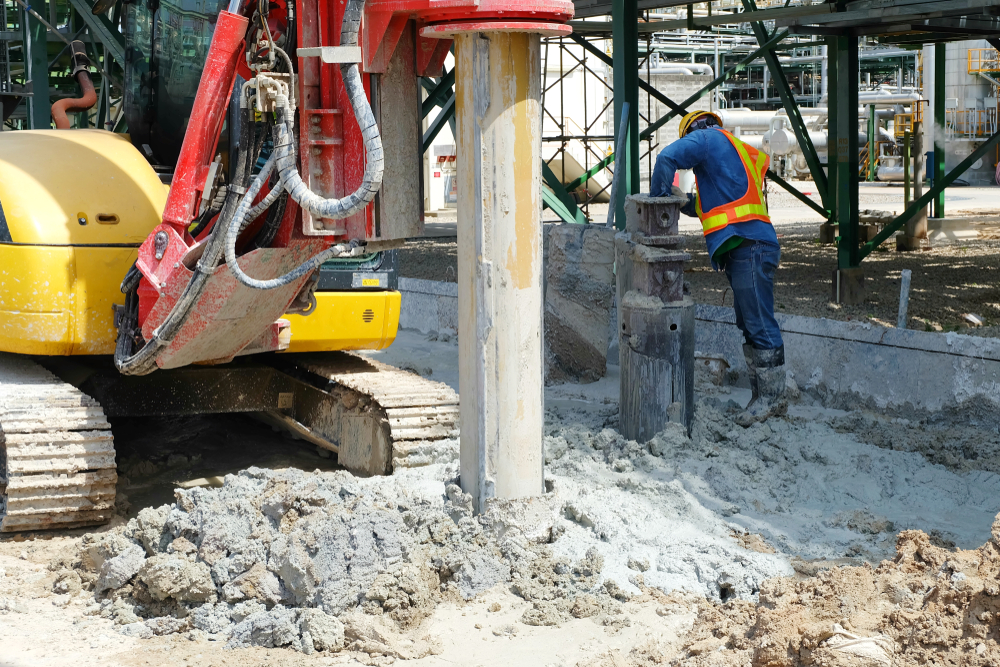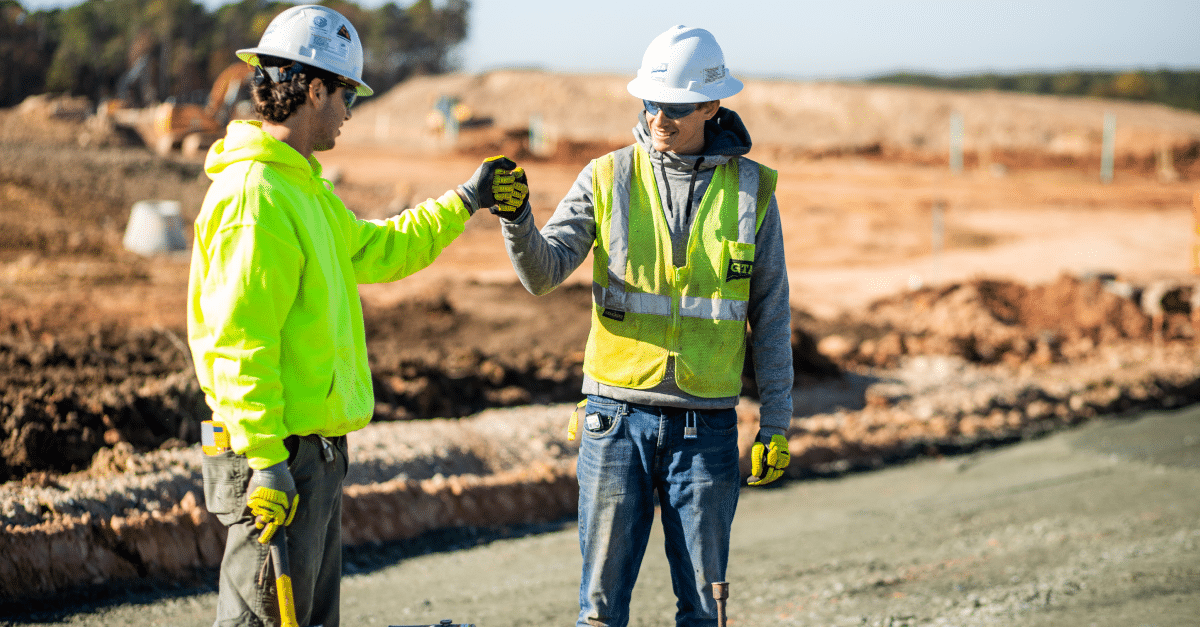Not known Details About Geotechnical Engineering For Construction Projects
Not known Details About Geotechnical Engineering For Construction Projects
Blog Article
The Only Guide for Geotechnical Engineering For Construction Projects
Table of ContentsSome Known Factual Statements About Geotechnical Engineering For Construction Projects The Definitive Guide to Geotechnical Engineering For Construction ProjectsThe Greatest Guide To Geotechnical Engineering For Construction ProjectsThe Basic Principles Of Geotechnical Engineering For Construction Projects The Best Guide To Geotechnical Engineering For Construction ProjectsThe Ultimate Guide To Geotechnical Engineering For Construction Projects
The duty of geotechnical engineering considerably deals with realizing the functions of soil and rock, which might differ substantially by their density, wetness web content etc. These features should be examined by geotechnical designers to forecast their motions under various conditions. The safety and security along with stability of structures are impacted by dirt conditions, making this evaluation needed., in addition to just how they communicate with building and constructions that have been set up on or within them, is one of the key descriptions for why geotechnical engineering is important.
Environmental defense is achieved via geotechnical design. Expertise in air, water, and dirt quality upkeep is put to make use of by geotechnical designers to reduce the adverse impacts of jobs.
Facilities advancement, offshore engineering, passage building, and deep structures. Risk-based design and multidisciplinary groups. These components will keep the field evolving and ensure its ongoing importance in the years to find. To summarize, geotechnical design is a vital discipline that maintains the strength and integrity of civil framework. Geotechnical designers contribute to making building jobs reliable all over the globe by recognizing the behavior of earth products and using proper preparation techniques.
The Ultimate Guide To Geotechnical Engineering For Construction Projects
By examining soil, rock, and subsurface conditions, geotechnical designers offer important understandings that assist in the layout, building, and maintenance of buildings and infrastructure.

Some Of Geotechnical Engineering For Construction Projects
Laboratory screening: Establishing the buildings of dirt and rock. Numerous prominent building projects have efficiently utilized geotechnical engineering to guarantee their stability and safety and security.

As a leader in geotechnical engineering, BECC Inc. is devoted to supplying cutting-edge and reliable services that fulfill the highest standards of high quality and safety and security. For more details on exactly how BECC Inc. can sustain your next building and construction project, call us today and let us help you construct on solid ground.
William Rankine, a designer and physicist, developed a different to Coulomb's planet pressure theory. Albert Atterberg created the clay consistency indices that are still made use of today for dirt classification. In 1885, Osborne Reynolds identified that shearing reasons volumetric extension of thick materials and tightening of loosened granular materials. Modern geotechnical design is stated to have actually started in 1925 with the magazine of Erdbaumechanik by Karl von Terzaghi, a mechanical designer and rock pop over to this web-site hound.
The 7-Minute Rule for Geotechnical Engineering For Construction Projects
Terzaghi likewise developed the structure for concepts of birthing capability of foundations, and the concept for prediction of the price of settlement of clay layers as a result of loan consolidation. Afterwards, Maurice Biot totally developed the three-dimensional soil consolidation theory, prolonging the one-dimensional version formerly established by Terzaghi to more general hypotheses and presenting the collection of fundamental equations of Poroelasticity.
Geotechnical engineers check out and determine the homes of subsurface conditions and materials. They additionally make matching earthworks and keeping frameworks, tunnels, and framework structures, and may manage and evaluate websites, which may even more entail site tracking as well as the danger evaluation and mitigation of all-natural hazards - Geotechnical Engineering for Construction Projects. Geotechnical designers and engineering rock hounds execute geotechnical investigations to get information on the physical buildings of dirt and rock underlying and surrounding to additional resources a website to make earthworks and foundations for recommended frameworks and for the repair of distress to earthworks and frameworks brought on by subsurface conditions.
Everything about Geotechnical Engineering For Construction Projects
Still, they are occasionally used to permit a geologist or engineer to be reduced right into the borehole for straight visual and manual examination of the soil and rock stratigraphy. Different soil samplers exist to satisfy the demands of various design jobs. The typical infiltration test, which uses a thick-walled split spoon sampler, is one of the most usual method to gather disturbed examples.

If the user interface in between the mass and the base of a slope has an intricate geometry, slope security analysis is tough and mathematical option approaches are required. Normally, the interface's specific geometry is unidentified, and a streamlined interface geometry is assumed. Finite inclines require three-dimensional models to be analyzed, so most slopes are visit their website assessed assuming that they are infinitely wide and can be represented by two-dimensional designs.
What Does Geotechnical Engineering For Construction Projects Do?
Creating the layout based on a functioning theory of actions expected under the most probable conditions. Selection of quantities to be observed as construction profits and computing their prepared for values based on the working theory under the most undesirable conditions.
Dimension of quantities and evaluation of actual problems. Layout alteration per actual conditions The empirical technique is ideal for building and construction that has actually currently started when an unanticipated advancement happens or when a failing or crash looms or has actually currently happened. It is inappropriate for jobs whose style can not be modified throughout building and construction.
Report this page